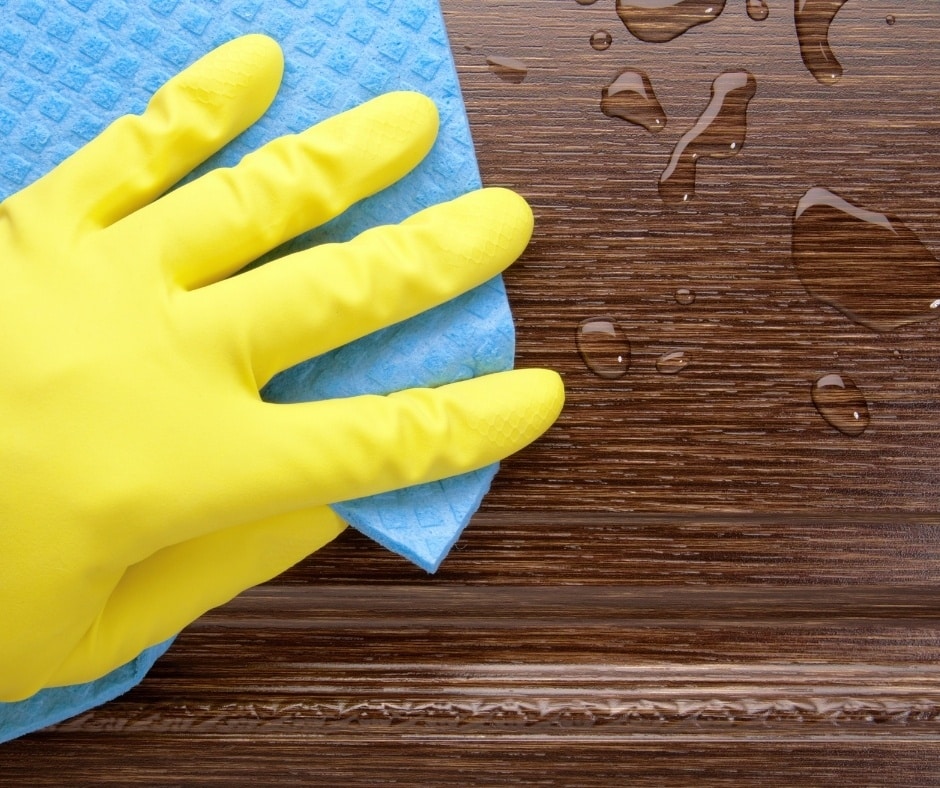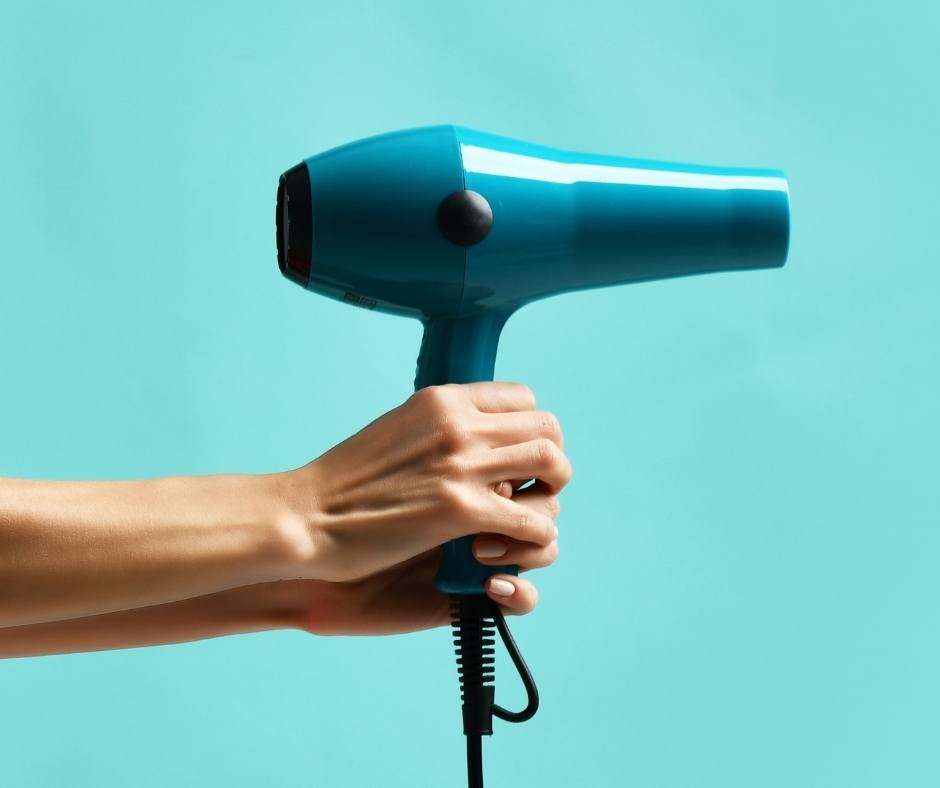Glue is one of the best ways to bond two pieces of wood, but there is always the risk of using too much or slopping someplace unwanted in the middle of a project. In those cases, you’ll want to know how to get the wood glue off without leaving a stain.
Fortunately for you, it’s not all that difficult to remove wood glue. It’s also not all that difficult to remove glue without making it look like you’ve removed glue from your wood.
We took a look at the issue and wrote what we found in this article. Hopefully, it answers all of your questions and helps you come away with clean glue jobs.
In This Article We'll Discuss
How to remove wood glue (step by step guide)

The first secret to removing wood glue is to get it while it’s still damp. If you wait for it to completely set, you’ve got a more time-consuming task ahead of you. Wipe it up as soon as you spill with a warm rag.
That doesn’t always work. If that is the case, then there are some basic steps you can apply to get up wood glue.
First, apply some gentle heat with a damp rag. Heat loosens glue and makes it easier to remove. Once it’s been loosened a bit, you can pry it up with a scraper. You can also use a hairdryer to gradually warm the glue gob.
If the glob of glue is prohibitively large for this, you can knock it down a bit with either a scraper or a metal spoon. You can also sand it off with 600-grit or higher sandpaper. Then, when you’ve reduced the glob size a bit, you can use the warm and scrape method.
A second way involves applying a solvent directly. Acetone is by far the best glue remover on the market, but it’s also harsh and wood glue isn’t really difficult to get off. So, you can opt for something easier like white vinegar, cooking oil, and lemon juice and salt.
For these two, just dampen a rag with your solvent and lay it over the glue for several minutes. It should dissolve the glue. Just wipe it up. If there’s more, then do multiple applications.
How do you remove wood glue without damaging wood?
One drawback to removing wood glue is that manual methods can damage the wood itself, and with some products, you can leave a stain. If you’re removing glue, it’s because you care about the appearance of what it’s on.
If that’s the case, you’ll want to avoid oils, which can leave a stain mark, and be careful if you’re using a manual way of removing it.
Vinegar is your best bet as a liquid remover. Let a vinegar-dampened cloth sit on top of the glue for a few minutes and then wipe it up. Another method is to lay orange peels on top of the glue. The citric acid in the orange will slowly dissolve the glue. Wait 10 minutes and wipe it up.
If you need to remove it manually, we’d suggest using sandpaper. Use at least 600-grit sandpaper and gradually work higher as you get closer to bare wood. The higher the grit, the less worry you need to feel that you’ll damage your wood.
Will vinegar remove glue from wood?

White vinegar is a miracle cleaning product around the house. It can clean coffee pots, get stains from fabric, and — yes — remove glue from wood. Vinegar is a safe way to remove glue from wood.
It’s not hard or complicated, but it might be a bit time-consuming. Just dampen a rag with vinegar and lay it on top of the glue stain. Waiting 10-15 minutes and wipe up the glue. If there is any glue left on the wood, try it again. It might take three or four times, but eventually, it’ll come up.
How do you soften dried wood glue?
The secret to softening dried wood glue is warmth. It isn’t a terrible strong adhesive, so you don’t need to know any woodworking secrets to get it down. You can either use a hairdryer or just a tub of warm water.
For glue that is on a surface, turn your hairdryer to its lowest setting and direct the air at the glue. You’re using the lowest setting because heat will also damage wood, so you want to soften the glue without damaging the wood.
Keep the air on the glue until it’s been softened enough that you can remove some of it physically. Then reapply more warm air until it’s gone.
A second way to soften glue on something is to lay a rag dampened with warm water on it. The heat and moisture will naturally soften it.
Another reason to soften dried glue is when it’s in the glue bottle. It’s impossible to apply, so you can either throw the rest out or figure out how to soften it.
Softening it is as simple and putting it in a tub of warm water and letting it sit until either the glue has softened or the water has cooled. Replace the cooled water with warm and let it continue to sit.
How do you remove hardened glue?

The best way to remove hardened glue is to remove it physically until what is left is the glue on the surface you’re trying to clean. You can use a solvent like white vinegar or cooking oil, and you can assist it with heat.
Heating hardened glue will make it easier to remove. Either use a hairdryer or a cloth dampened with warm water for a few minutes before using the solvent. This should make the job easier.
The other way to remove hardened glue is physically. Use a scraper to remove large blobs of glue until you get it close to the surface you’re trying to clean. You can aid the scraper by warming the hardened mass of glue.
Once it’s close to the surface, use sandpaper of at least 600 grit to sand it down. As you get closer to the surface, go for even higher grit sandpaper to prevent damaging the surface.
Conclusion
It’s not hard to remove wood glue from your household surfaces. That includes removing it from the wood itself. You just need to know the right things to use and how to apply them.
For the most part, it’s just dabbing the right thing onto the surface and waiting a few minutes. But there are tricks you can use to speed the process a little, and if you want to avoid leaving a stain there are things you will want to do.
We hope you found this article helpful. If you did, or you have your own tips, we’d love to hear from you in a comment. You can also share this article on your social media feeds. This kind of knowledge should be free.

